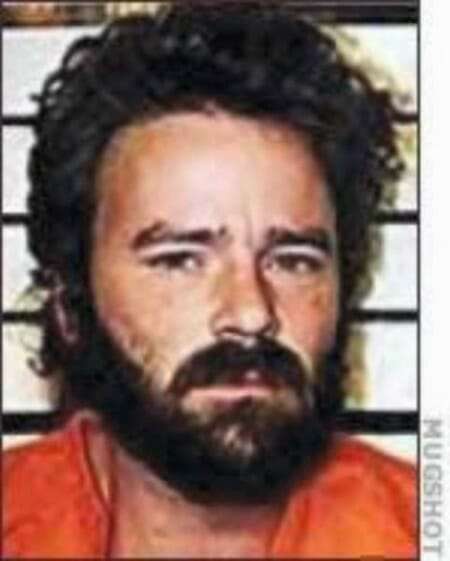Rick Rhoades Texas Execution
Rick Rhoades was executed by the State of Texas for a double murder committed thirty years ago. According to court documents Rick Rhoades would force his way into a home and would murder Charles Allen, 31, and Bradley Allen, 33. Rick Rhoades had just been released from jail when the murders took place. Rick Rhoades … Read more








